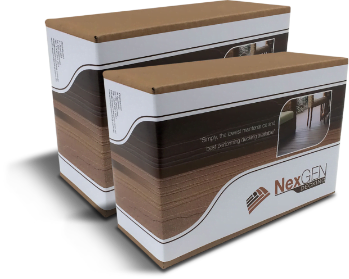When you are building a deck, it’s critical to look at the materials that can be used for a deck subframe. This ensures that you have a stable base that you can depend on to be structurally sound and last for many years. There are a few different options, so understanding the pros and cons allows you to make a more informed decision.
Which is better: Steel or timber subframes?
Building a deck subframe usually involves either steel or timber. This means you will have to make some comparisons between the two to determine which one is better. While both have their pros and cons, it is going to depend on your budget and the details of your project.
Steel is lighter and stronger. It can also span a greater distance than wood. However, working with steel can be difficult and require specialised tools. It can also be an expensive material, especially when you’re building a large deck.
Timer is a natural product. While it’s not as flexible as steel, it can provide a beautiful, rustic look. It’s also more affordable. If you plan to work with timber, you have to remember that it can move, expand, and contract in the different weather conditions. The entire structure is going to react the same way to whatever the weather is in Australia.
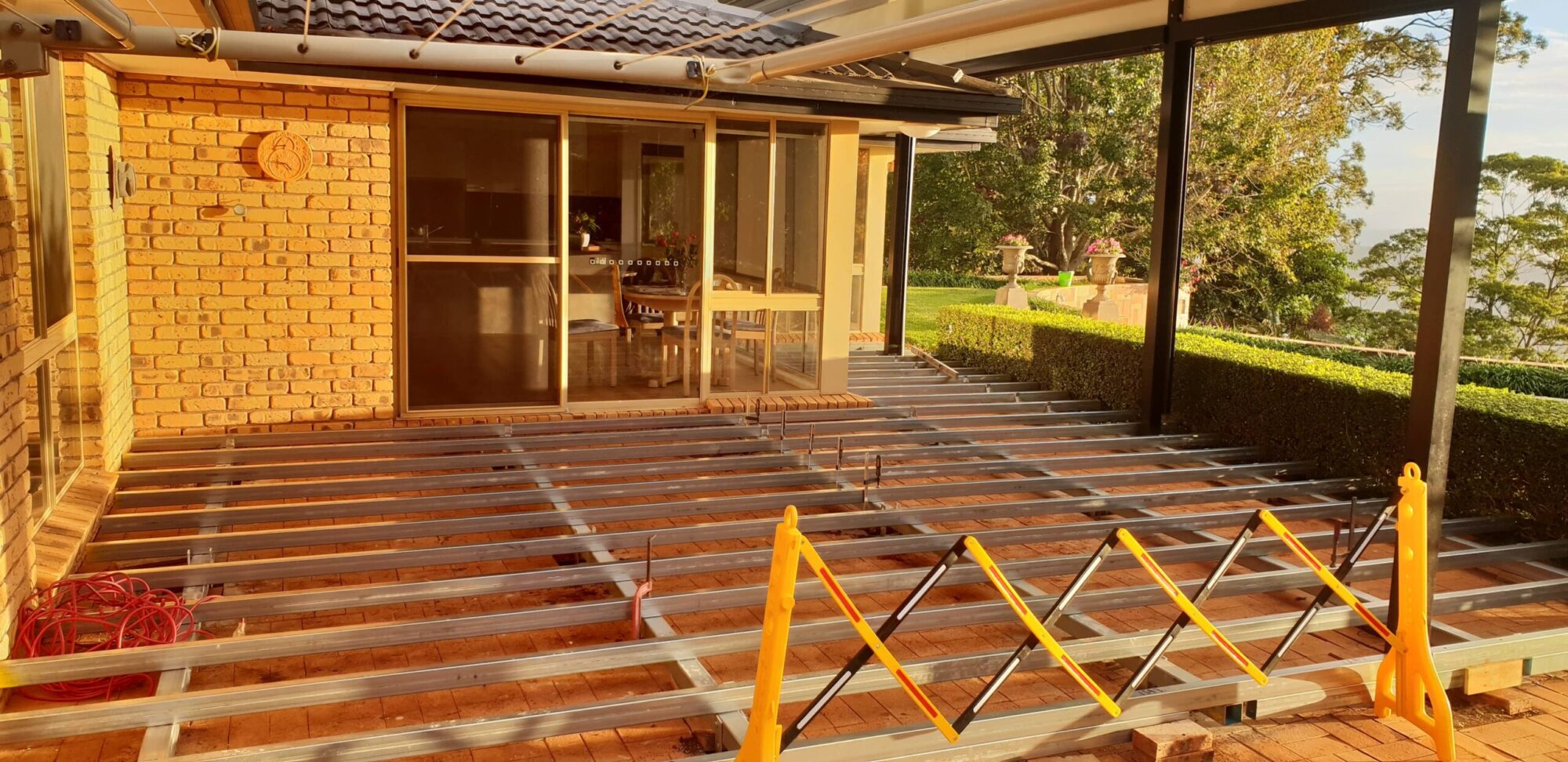
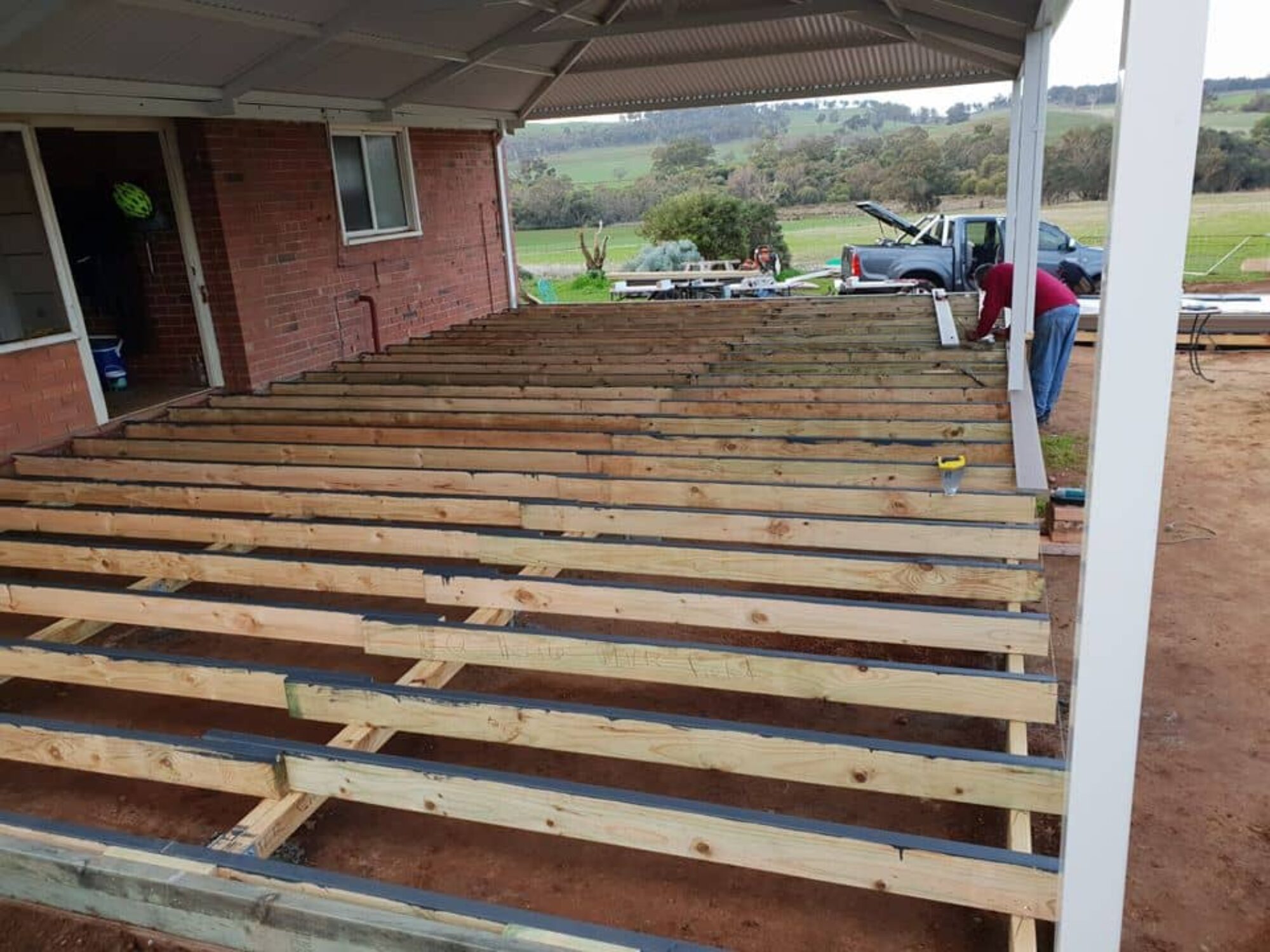
What is the best type of wood to use in Australia?
Australia has a completely different climate than many other parts of the world. This means that you have to choose a hardwood that is not only easy to get but that can hold up against all of the elements.
Some of the most popular types of wood include:
- Spotted gum
- Teak
- Blackbutt
- Grey ironbark
- Merbau
Understanding how each of these woods will work in a deck base can make it easier to determine which one is going to work best for you. Some of this may depend on where you are in Australia while other factors include your budget and the overall appearance that you want to achieve.
There are pros and cons involved in each type of wood. Some may be harder to obtain, too, because of limited supplies in Australia.
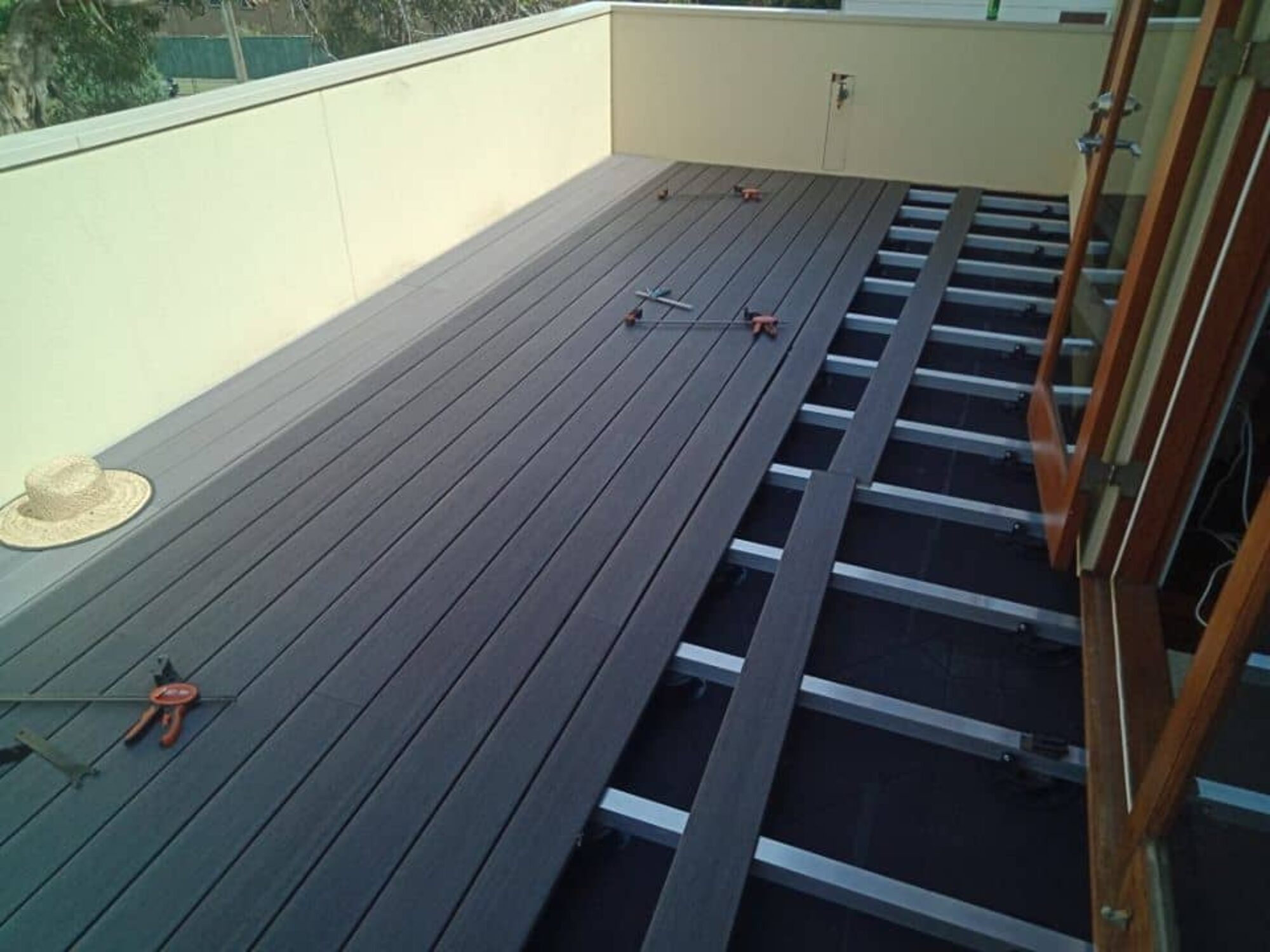
Different Grades of Wood
It’s important to know that there are different types of wood that are available. H3, H4, and F7 are all possible options. The ‘H’ stands for hazard. It helps to categorise the treatments that may be applied to timber so that it can protect the wood against insects, decay, and other wood-destroying organisms.
Understanding the timber and the grades of wood will make it easier for you to use them outdoors – especially as part of your deck subframe.
H3: With H3, you’re protected for long-term resistance against insects and decay.
H4: With H4, you’re not only protected against insect and decay but also a higher level of moisture. It can ensure that the timber outlives some of the naturally durable types of wood when exposed to different conditions.
F7: With F7, the ‘F’ refers to a strength rating. When the number is higher, it identifies that the timber is stronger. When you’re using timber as a bearing or joist for decking, it needs to be at least an F7.
Various Problems You Might Encounter with Wood
While pine and other woods are capable of being used outdoors, they aren’t as strong as they claim to be. Whether you’re creating a deck and need a sturdy subframe or you’re going to go on to build gazebos, pergolas, or anything else, you have to know what you’re dealing with.
H3 timber may sound as though it has been treated sufficiently to use outdoors. The problem is that it isn’t rated for ground contact. Since a subframe is going to be built into the ground, it can rot faster. The reason for this is because the wood is being pushed directly into the ground where it will be exposed to more moisture as well as more insects that can eat through the wood.
The Benefits of Using NexGEN Deckcell
NexGEN DeckCell can provide you with all of the benefits of steel and timber without any of the downsides. It is easy to use and requires no maintenance. You won’t need to specially treat the timber or have to worry about rot. It’s not going to rot or degrade in any way, even when you have it come into contact with the ground.
At NexGEN Decking, we offer the quality materials that you need to build not only your deck’s subframe but the rest of the decking, too. Our composite lumber decking comes in a variety of hardwood colours, allowing you to get the colouring you want without using actual hardwoods from Australian forests.
Additionally, we offer a complete DIY Deck Cell Subframe System that you can take advantage of. It’s an ultra-low minimum height requirement in comparison to other subframes that are traditionally created. There are no nails involved, either. If you can put together Legos, you will be able to build one of our subframes.
Our composite decking is made from recycled materials and it’s produced in a waste-free manufacturing process that is energy efficient. You won’t have to worry about toxic chemical preservatives leaching into the ground, either. Simply focus on creating a beautiful outdoor living space that will last you for the rest of your life.
We’re so confident of the composite decking that we back it with a 50-year limited stain and fade warranty and a lifetime performance warranty.
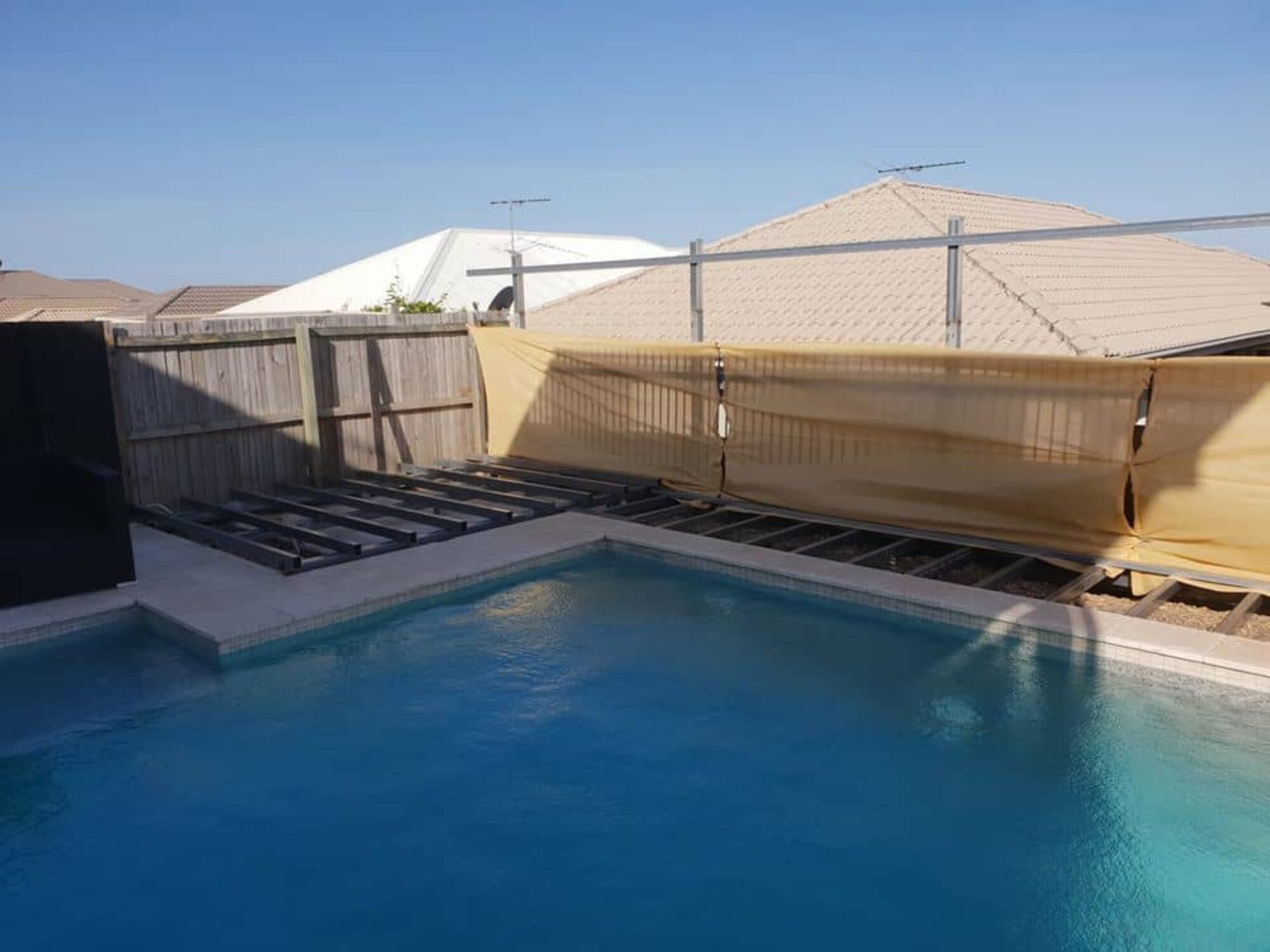
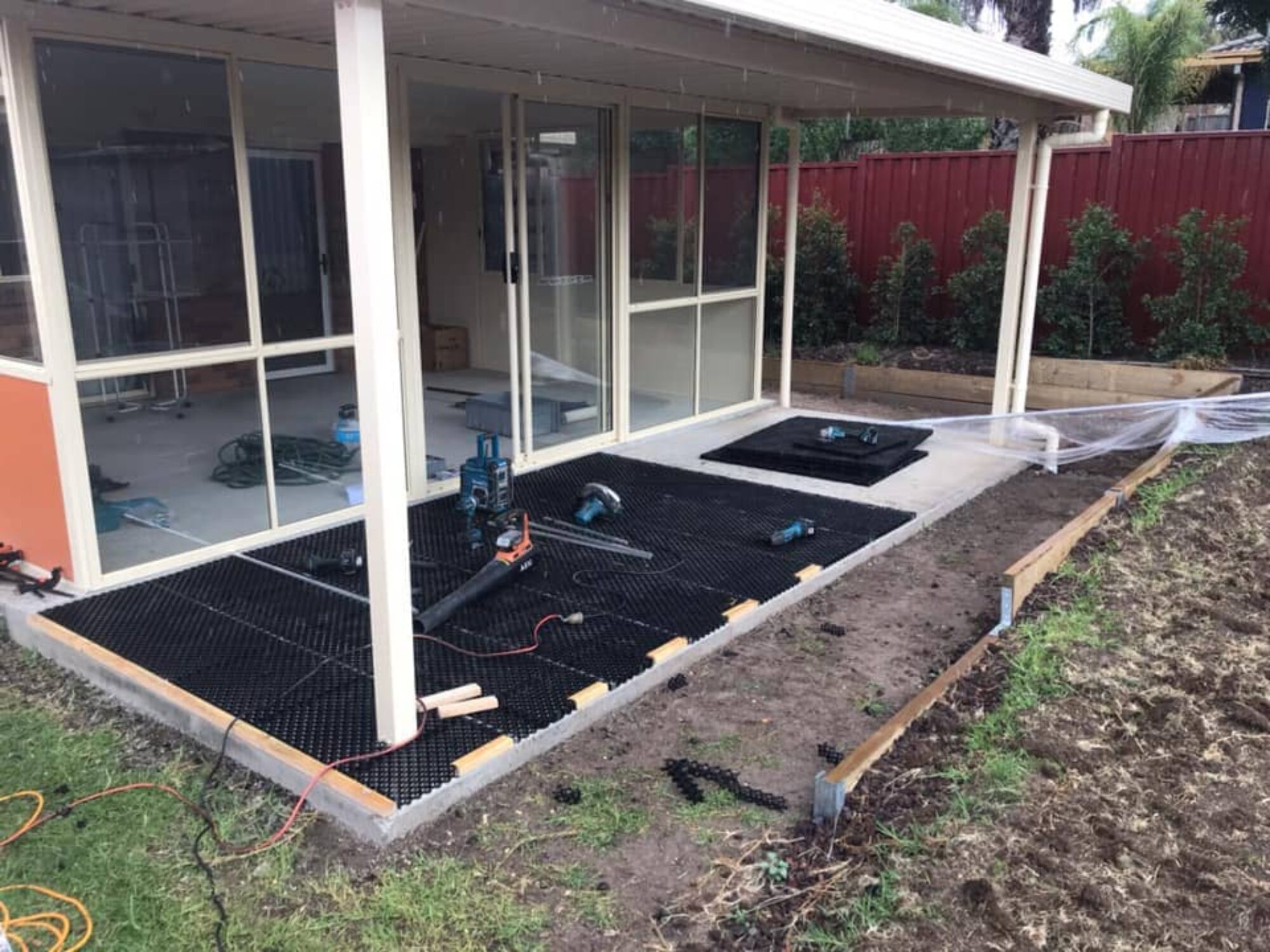
DeckCell Subframe
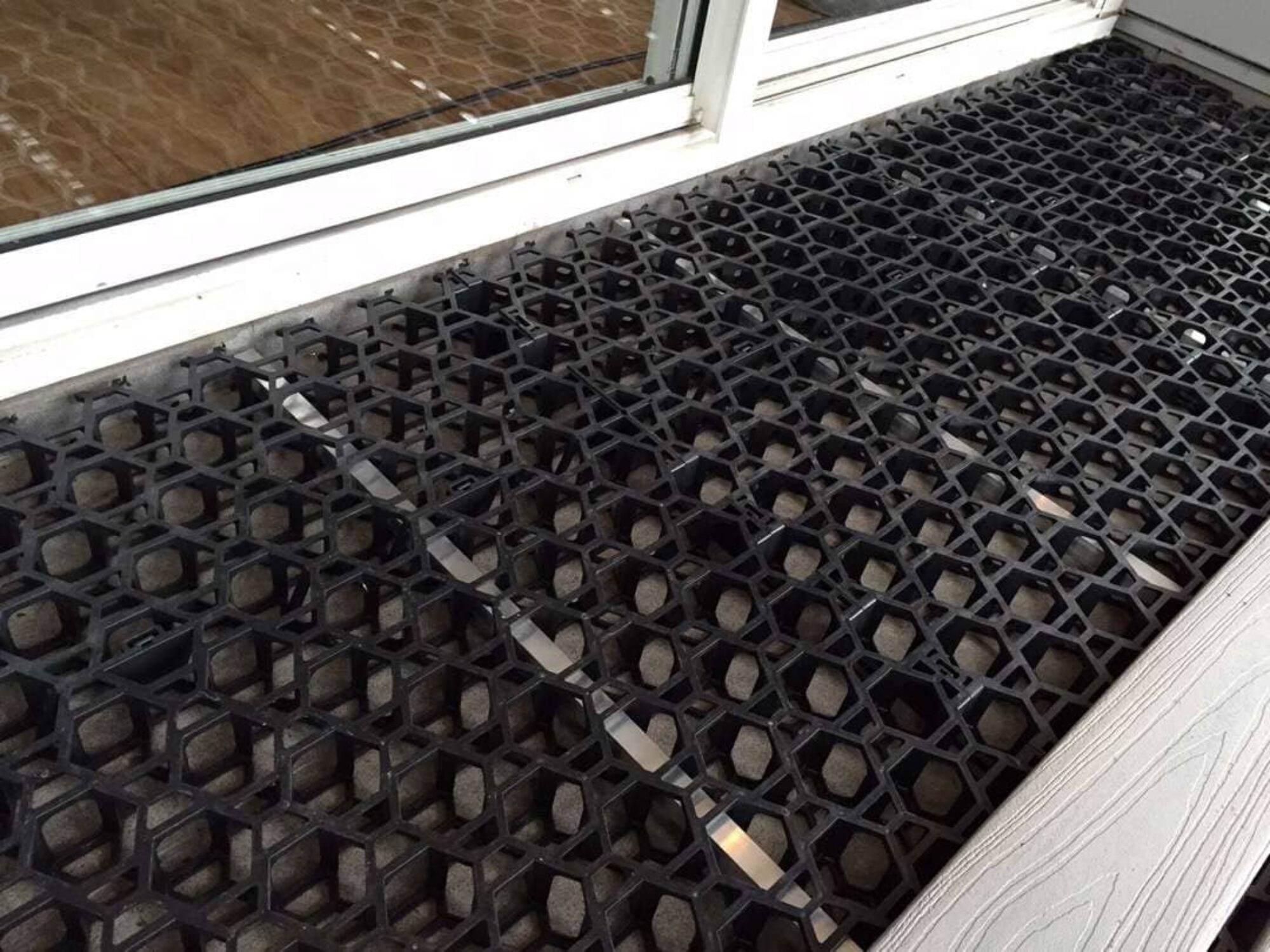
Deckcell Subframe
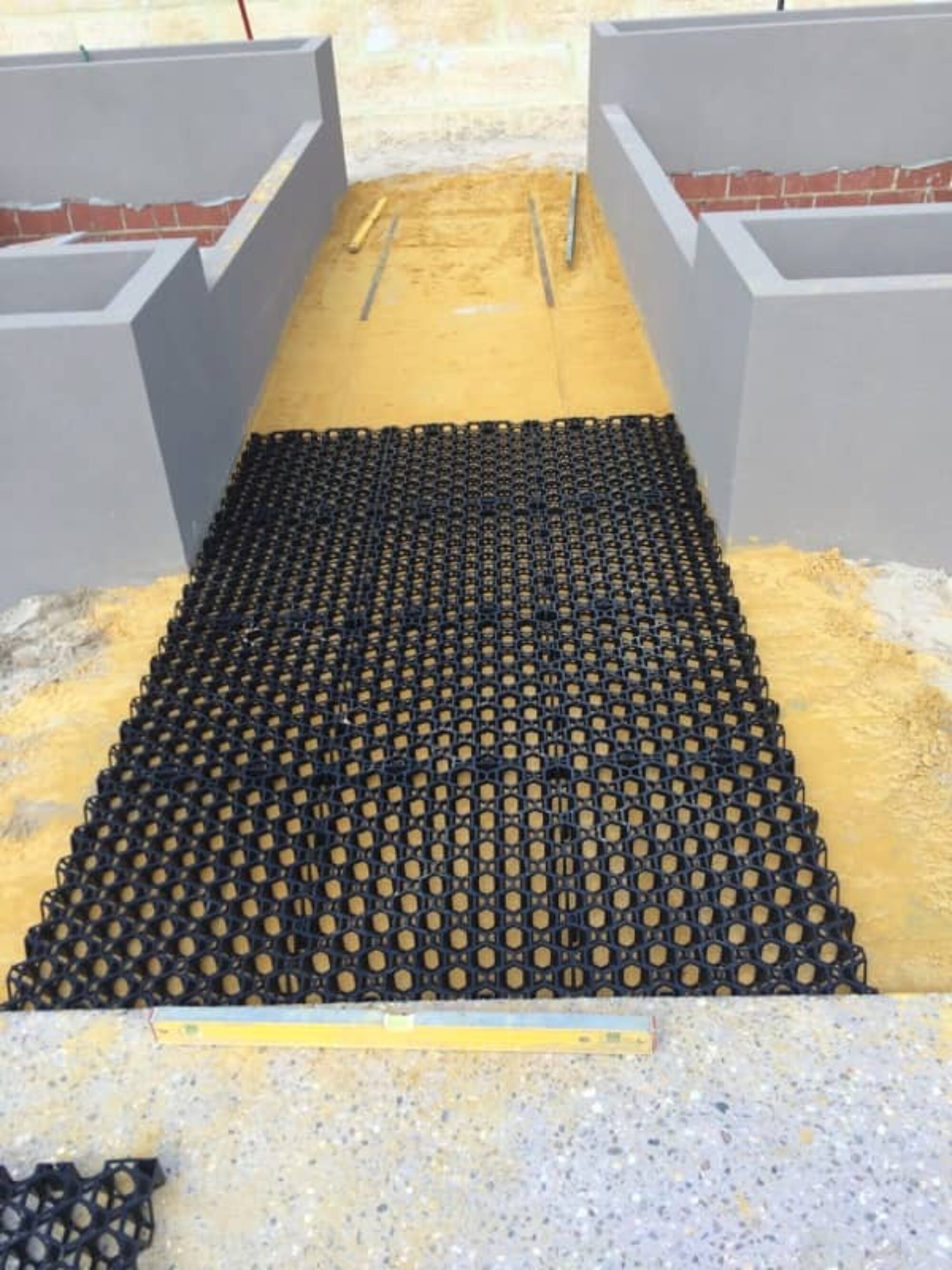
Deckcell Subframe
Contact Us
When you’re ready to learn more about our composite products and how it can be used for your decking subframe, contact us at NexGEN Decking for more details.
Products
Gallery
Contact
Direct Office Numbers
Adelaide – (08) 6316 0469
Brisbane – (07) 3041 6065
Melbourne – (03) 8672 6444
Sydney – (02) 8072 6220

